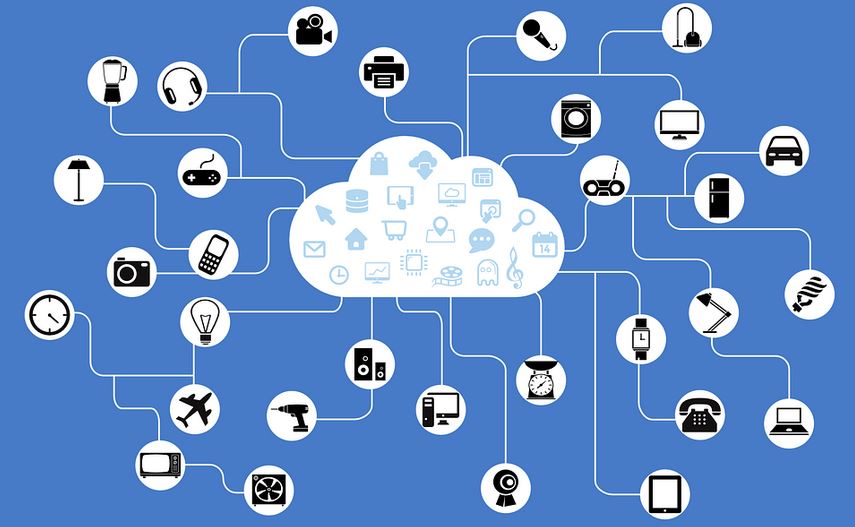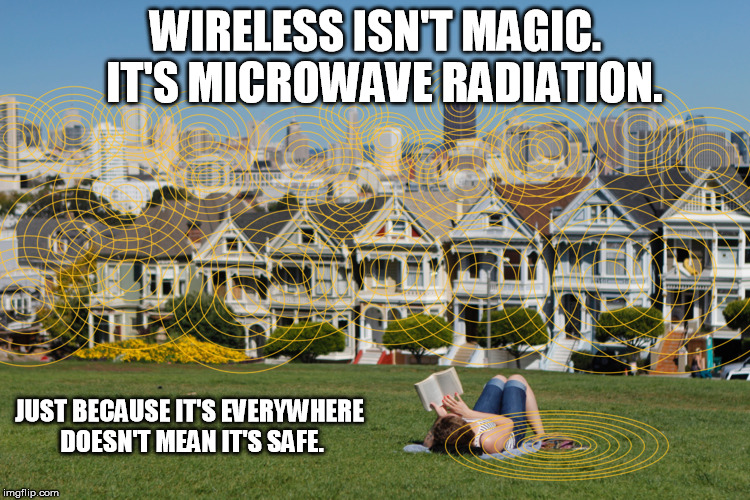 By B.N. Frank
By B.N. Frank
Over the years, countless experts have warned about privacy and cybersecurity risks with all “smart”, wireless and/or Internet of Things (IoT) technology. While Amazon may not be the only company guilty of collecting private data with their devices on people of all ages without their consent, earlier this month the Federal Trade Commission (FTC) announced the agency will be taking legal action against it for this and maybe other offenses as well. Nevertheless, the company now also seems to be offering developers the opportunity to collect data on people without their consent.
From POTs and PANs:
Amazon’s Huge IoT Network
Doug Dawson, CCG Consulting
In a recent blog post, Amazon invited developers to test drive its gigantic IoT network. This network has been labeled as Sidewalk and was created by tying together all of Amazon’s wireless devices like Amazon Echos and Ring cameras.
Amazon claims this huge wireless network now covers 90% of U.S. households. Amazon created the network by transmitting Bluetooth and 900 MHz LoRa signals from its various devices. This network provides a benefit to Amazon because it can detect and track its own devices separate from anything a homeowner might do with WiFi.
But Amazon has intended for years to monetize this network, and this announcement begins that process. This network has been under-the-radar until now, and most homeowners have no idea that their Amazon devices can connect and communicate with other devices outside the home. Amazon swears that the IoT connection between devices is separate from anything happening inside the house using WiFi – that the IoT network is a fully separate network.
Anyplace where there are more than a few Amazon devices, the network should be robust. The 900 MHz spectrum adds a lot of distance to the signals, and it’s a frequency that does a good job of penetrating obstacles like homes and trees.
Amazon believes that this network can be used by IoT device makers to improve the performance of IoT devices in a neighborhood – things like smart thermostats, appliance sensors, and smart door locks. Such devices use only a small amount of bandwidth but are reliant on the home broadband network being operational to work. Amazon’s vision with this network is that your smart door lock will still work even when your home WiFi isn’t working.
By making the network available to others, Amazon can unleash developers to create new types of wireless devices. For example, it’s always been a challenge to use outdoor sensors since WiFi signals outside of homes is weak and inconsistent. It’s not hard to imagine a whole new array of sensors enabled by the Sidewalk network. Picture a motion detector on a shed door or a leak detector on outdoor faucets. With this network, vendors can now manufacture such devices with the knowledge that most homes will be able to make the needed wireless connection.
This also holds a lot of promise for municipal and business sensors. This is a low-cost way to communicate with smart city or other sensors. This would enable, for the first time, the deployment of environment sensors anywhere within range of the Sidewalk network.
This is another interesting venture by Amazon. At least in the U.S., this is a lower-cost solution than trying to connect to IoT devices by satellite. The only cost of building this network for Amazon was adding the wireless capability to its devices – mere pennies when deployed across millions of devices. But interestingly, Amazon will also have a satellite network starting in 2025 that can fill in the gaps where the Sidewalk network can’t reach.
Amazon says that it has already made deals to test the network with companies like Netvox, OnAsset, and Primax. Now that manufacturers know this network exists and is available, this ought to open up a wide range of new IoT devices that are not reliant only on WiFi. This might finally be the network that enables the original promise of IoT of a world with sensors everywhere, keeping tabs on the environment around us.
If the constant surveillance doesn’t faze you, “smart”, wireless, Bluetooth, and IoT devices also emit harmful electromagnetic and wireless radiation and manufacturers are required to warn users about this. In fact, a U.S. federal court ruled in favor of organizations and petitioners that sued the Federal Communications Commission (FCC) for NOT adequately protecting Americans from wireless radiation exposure (including 5G) in 2021. More recently one of the organizations petitioned the agency to comply with the now almost 2-year-old court-ordered mandate!
Additionally in 2021, non-profit groups petitioned the U.S. Health and Human Services Department (HHS) and Food and Drug Administration (FDA) to declare wireless radiation an “imminent” health hazard and to start warning the public. Got pets? Exposure is bad for their health too!
Activist Post reports regularly about privacy invasive and unsafe technologies. For more information, visit our archives and the following websites:
- Children’s Health Defense
- Environmental Health Trust
- Physicians for Safe Technology
- Americans for Responsible Technology
Top image: Pixabay
Become a Patron!
Or support us at SubscribeStar
Donate cryptocurrency HERE
Subscribe to Activist Post for truth, peace, and freedom news. Follow us on SoMee, Telegram, HIVE, Flote, Minds, MeWe, Twitter, Gab, What Really Happened and GETTR.
Provide, Protect and Profit from what’s coming! Get a free issue of Counter Markets today.


Be the first to comment on "Amazon Invites Developers to Test Its Creepy Wireless/IoT Network Now Covering 90% of U.S. Households; “holds promise” for Smart City Tech"